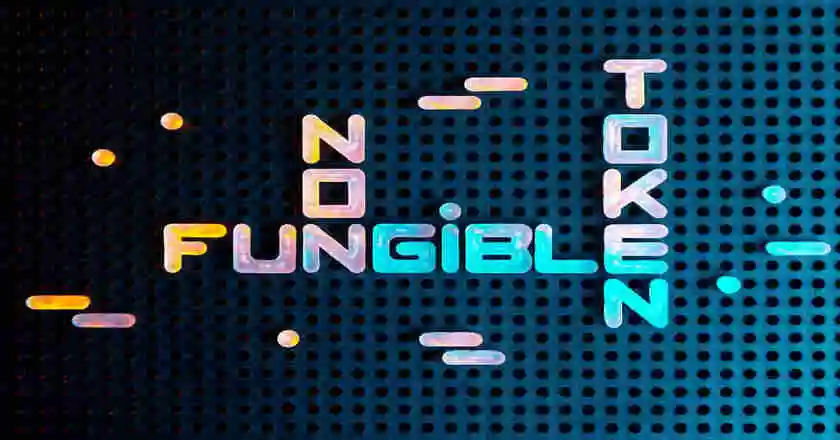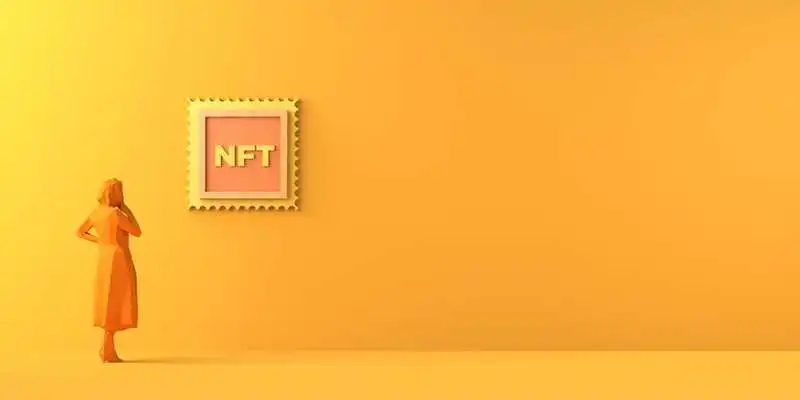NFTs 101 for College Artists: Breaking Into Digital Art and Ownership
NFTs are a prominent paradigm shift in digital art and intellectual property. By leveraging blockchain technology, NFTs offer artists unparalleled control over their creations, enabling secure and traceable ownership. Collegiate artists must navigate NFT creation, sale, and perception strategies.
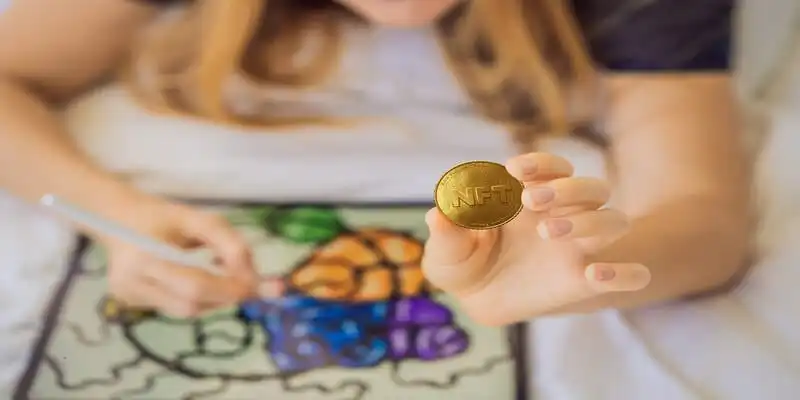
As the world of digital art and cryptocurrency merges into the innovative sphere of Non-Fungible Tokens (NFTs), college artists stand at the brink of a new era of digital ownership and creative expression. NFTs are revolutionizing how artworks are bought, sold, and perceived in the digital domain, offering artists unprecedented control over their creations. This digital leap is not just about technology. It’s about transforming the concept of art ownership, providing a platform for artists to secure their rights and receive rightful recognition and compensation.
Navigating this digital frontier can be as daunting as tackling a complex assignment or seeking out a college essay writer from DoMyEssay for those pressing deadlines. However, just as the right guidance can illuminate the path to academic success, understanding the basics of NFTs can empower college students in the arts to take control of their digital creations. This exploration into NFTs for college artists will demystify the process of entering the digital art world, from creation to sale, ensuring that emerging artists have the tools they need to succeed.
The Basics of NFTs for College Artists
What Are NFTs?
NFTs fundamentally serve as digital certificates, securing ownership or verifying the authenticity of a distinctive item or content through blockchain. They differ from interchangeable cryptocurrencies like Bitcoin or Ethereum, as NFTs are distinct and non-exchangeable on equivalent terms. This uniqueness positions them ideally for digital art exclusivity. As the market grows, OpenSea remains a dominant player in the NFT space, with a significant user count, holding a 73% market share in terms of users in 2022 and demonstrating the platform’s and the sector’s continued growth and relevance.
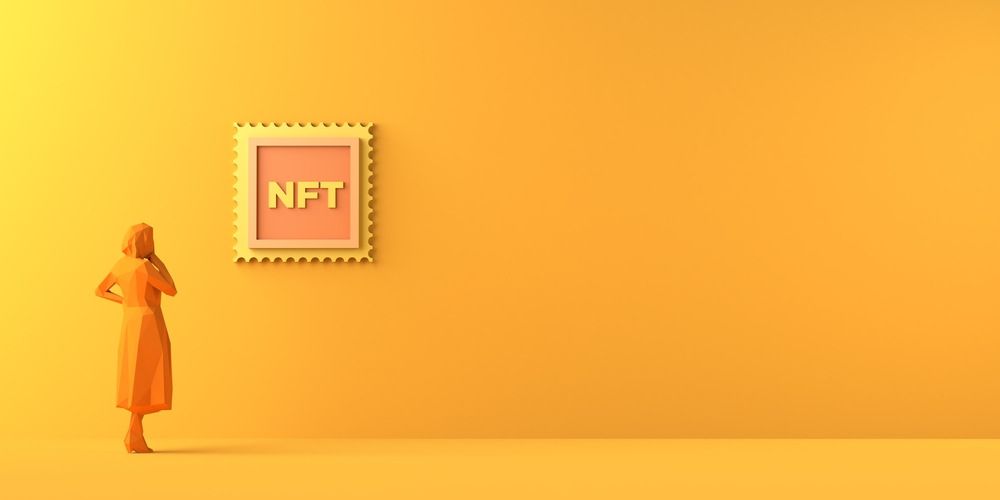
Why NFTs Matter for Artists
NFTs present college artists with unprecedented opportunities. They allow artists to monetize their digital art in ways that were previously difficult to manage. Through NFTs, digital artworks can be sold directly to collectors without the need for intermediaries, ensuring artists receive a fairer share of the profits. Moreover, the NFT market’s significant growth, with a projected increase from USD 38.2 billion in 2022 to USD 342.54 billion by 2032, at a compound annual growth rate (CAGR) of 27.60%, underscores the burgeoning opportunities within this space.
Creating and Selling Your First NFT
Creating Digital Art
Entering the NFT market begins with creating digital art, a process that demands innovation and uniqueness. Whether it’s through digital painting, animation, or any other digital medium, the artwork must stand out as original and compelling. For college students balancing academics, assignments, and possibly part-time employment, finding time for artistic pursuits may pose a significant challenge. Nevertheless, investing time to cultivate and hone a distinctive artistic voice is paramount, especially in the densely populated NFT arena, where distinctiveness and creativity set successful artists apart.
Minting Your NFT
By minting, your digital creation is converted into a tradable NFT on the blockchain, thereby firmly establishing your artwork’s digital presence. This procedure involves selecting a blockchain platform like Ethereum (prevalent among NFT creators), establishing a digital wallet, and opting for an NFT marketplace to list your art. The minting process bestows your artwork with a unique digital certificate of authenticity, effectively preparing it for its debut in the marketplace. It’s a critical phase where art meets technology, ensuring the security and uniqueness of your digital creation.
Marketing Your Art
Once your NFT is minted, attention shifts to marketing, a pivotal step in finding your audience and potential buyers. Effective use of social media, art forums, and digital galleries becomes instrumental at this stage. College artists have the added advantage of tapping into their school’s networks, such as art departments and student exhibitions, for initial exposure. Moreover, actively engaging with the NFT community through discussions and showcasing your work can significantly enhance visibility and attract buyers. It’s about creating a buzz around your art and connecting with those who appreciate and are willing to invest in your vision.
Pricing and Valuing Your NFT
Determining the right price for your NFT is both an art and a science. It’s vital to assess the market, understand your potential buyer’s mindset, and consider the uniqueness and artistic value of your digital asset. Although some NFTs have been sold for millions, it’s essential to note that more than half of NFT sales are under $200, indicating a market with varied price points and buyer expectations. Therefore, setting a realistic price aligned with market trends and the perceived value of your art is crucial for success.
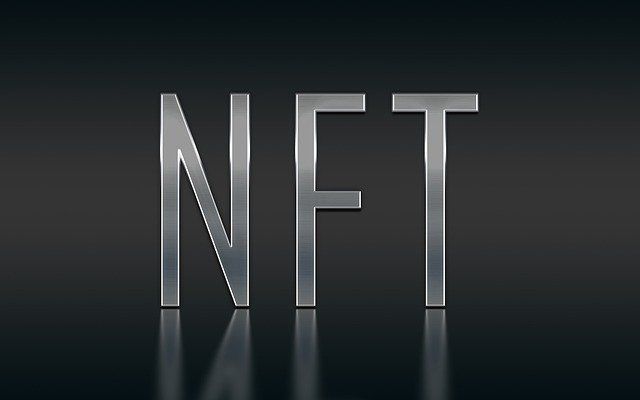
Understanding Your Audience
The NFT market is vast and diverse, with varying demographics and interests. There’s a notable uptick in NFT ownership across Southeast Asia, with the Philippines, Thailand, and Malaysia at the forefront of this trend. Tailoring your NFT and its marketing strategy to appeal to the specific tastes and trends prevalent in your target audience can significantly enhance its attractiveness and potential for sale. Recognizing the global landscape of NFT collectors and their preferences is a strategic step in positioning your NFT for optimal visibility and engagement.
Navigating Legal and Ethical Considerations
Understanding the legal and ethical dimensions of creating and selling NFTs is non-negotiable. This involves being well-versed with copyright laws to ensure the rightful ownership of your content, being transparent about the nature of the digital work being sold, and acknowledging the rights of any third parties involved. Furthermore, ethical considerations, especially concerning the environmental impact of blockchain technology and NFT transactions, are increasingly coming to the forefront of discussions. It’s crucial to navigate these aspects carefully, balancing innovation with responsibility and integrity.
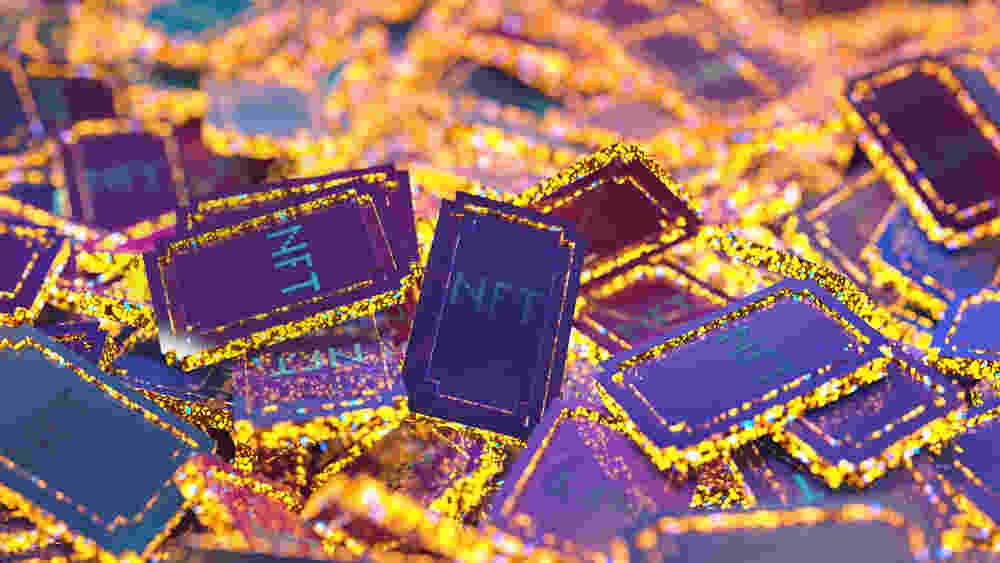
Conclusion: Empowering College Artists in the Digital Age
For college artists looking to break into the digital art scene, NFTs offer an exciting opportunity to gain control over the ownership, distribution, and monetization of their work. While the journey from creation to sale may seem complex, the potential for recognition and financial reward makes exploring the world of NFTs worthwhile. As artists navigate this digital landscape, resources like the best paper writing service can provide support for academic assignments, freeing up more time to focus on artistic pursuits.


